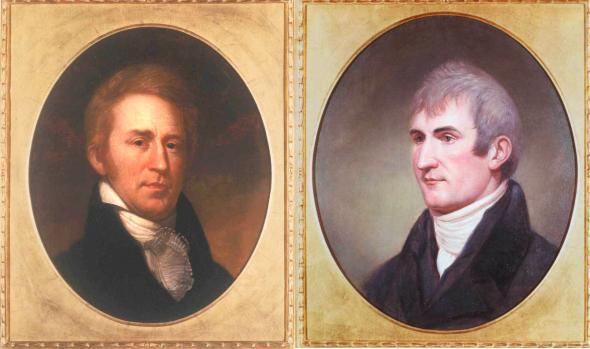The Punctual Bitterroot
Luke 8:14
“And that which fell among thorns are they, which, when they have heard, go forth, and are choked with cares and riches and pleasures of [this] life, and bring no fruit to perfection.”
In 1805, when Lewis and Clark crossed the Continental Divide, they saw North American Indians preparing the large roots of a plant for cooking. Lewis writes that he asked to taste a sample of the root. It was probably with some sense of amusement that the Indians, who cook the root before eating it, handed Lewis the raw root – which immediately upon tasting he named the bitterroot.
 The Latin name for the bitterroot means resurrection, for it truly seems as though the bitterroot plant comes back to life from death. The bitterroot grows in rocky areas where the soil is thin and anemic. Under these conditions the plant cannot even support a few leaves at the same time that it has flowers. So the leaves appear early in the spring to make food for storage in the large root. Once enough energy is stored, the leaves wither and flower buds appear.
The Latin name for the bitterroot means resurrection, for it truly seems as though the bitterroot plant comes back to life from death. The bitterroot grows in rocky areas where the soil is thin and anemic. Under these conditions the plant cannot even support a few leaves at the same time that it has flowers. So the leaves appear early in the spring to make food for storage in the large root. Once enough energy is stored, the leaves wither and flower buds appear.
If the bitterroot developed from another plant, how did it survive in such difficult conditions until it adapted to them? And if its development was only a result of an accidental mutation, how did it develop the precise timing that allows for flowering only after energy has been stored, including the energy from the spent leaves?
The bitterroot is another example that only our Creator can give life and provide for its needs in His often unique way. Even when death came upon the human race because we disobeyed Him, He prepared life that could overcome death through the ransoming death and resurrection of His Son, Jesus Christ!
Prayer:
Father, do not let me be so overcome with the cares and worries of this life that I forget about eternal life which You have prepared for me through Your Son, Jesus Christ. In His Name. Amen.
Notes:
Keithley, W.E. 1989. “Bitterroot.” Creation Research Society Quarterly, vol. 26, Sept. p. 53.